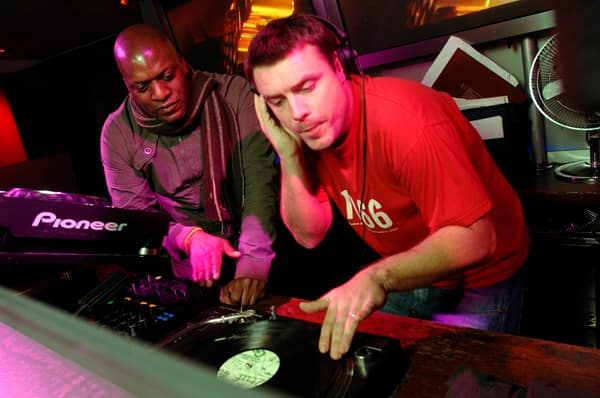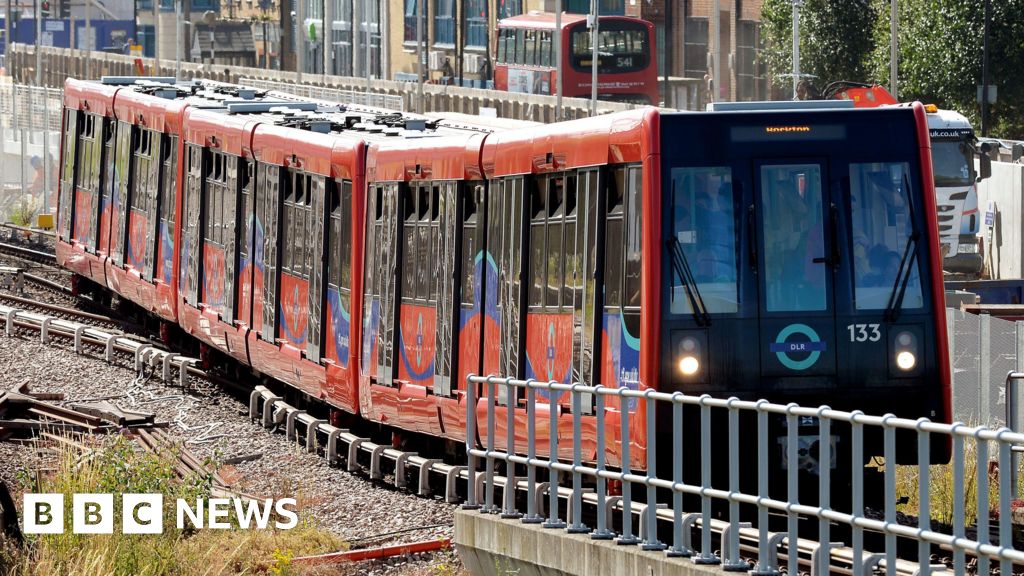Bussiness
London’s nightlife transformation: From classic pubs to futuristic digital lounges – London Business News | Londonlovesbusiness.com

London’s nightlife, a pulsating blend of tradition and innovation, has always been at the heart of its cultural identity. From quaint pubs brimming with history to cutting-edge digital lounges offering immersive experiences – there’s an undeniable evolution that I’ve witnessed over the years.
In this article, we’ll delve into how London’s after-dark scene transitioned from cosy pub corners to virtual reality bars, following the trend of cross-platform gaming led by mobile devices. We’ll explore what sparked these changes and ponder on where it might lead us next in this city known for setting global trends. So grab your pint or VR headset as we journey through time in one of the world’s most dynamic cities.
The early days: Traditional pubs of London
A journey back in time introduces us to the heart and soul of early London nightlife – traditional pubs. These establishments served as key social hubs, reflecting the city’s vibrant culture.
Significance of pubs in London’s social life
In earlier days, you’d find that traditional pubs held a paramount place within London’s social fabric. They weren’t just watering holes; they embodied communal spaces where people congregated for more than libations. You could witness locals sharing tales over pints, engage in friendly banter during dart games or even discuss politics heatedly at times – all under one roof! It was these simple interactions that made them central pillars to community life. While this tradition continues, the rise of digital entertainment, including online casino Ireland platforms, has introduced new forms of social interaction. Though different from traditional pubs, these online spaces offer their own kind of community and entertainment, reflecting the evolving nature of social gatherings in the digital age.
For instance, “The Mayflower,” located on Rotherhithe Street since 1550s is such an establishment which still carries its old-world charm intact. Here are some quick facts about it:
Noise concerns: The turning point
Despite their enduring popularity among residents and tourists alike, noise complaints against many pubs began creating hurdles by late twentieth century.
Frequent grievances from neighbours regarding excessive sounds emanating from boisterous patrons became increasingly problematic.
As a result,the stringent regulations enforced by local authorities led many proprietors to seek quieter alternatives or adopt modern technologies to reduce sound.
The transition: Emergence of nightclubs
In the wake of stricter regulations and noise reduction requirements, London’s nightlife began to morph. New entertainment venues emerged – nightclubs that offered a different kind of social experience.
Iconic nightclubs of the ’90s
As pubs faced regulatory hurdles in the late 20th century, clubbing culture found its footing in London. Key players included iconic clubs like Ministry Of Sound and Fabric which opened their doors in 1991 and 1999 respectively. These establishments revolutionised London’s nightlife with world-class sound systems, renowned DJs spinning tunes till dawn, and unique atmospheres appealing to varied crowds.
Ministry Of Sound was specifically designed for those seeking an immersive musical experience it even boasted a room with no light whilst Fabric gained fame for its eclectic mix spanning from techno to dubstep an innovation then!
The influence of warehouse raving
Around this period, another significant trend ran: warehouse raves. As restrictive licensing laws limited pub hours but not private parties, abandoned warehouses became hotspots for underground dance music events often running through entire nights into early mornings! A far cry from traditional pub settings or commercial nightclubs, these unregulated spaces pulsated energy, drawing people who sought freedom within city limits without breaking bank accounts on nightclub entry fees.
This subculture played a pivotal role in shaping the modern-day electronic music scene while also paving the way towards current-wave digital lounges a new face emerging amidst an evolution saga unfolding across centuries-old tapestry called ‘London’s Nightlife’.
The modern age: The shift towards digital lounges
We see London’s nightlife taking a digital turn in the modern era. Various socio-economic factors have shaped this transformation.
Impact of property prices on nightlife
London’s escalating property prices have had an undeniable effect on its nightlife. In particular, it led to the closure of many traditional pubs and nightclubs located in prime areas due to skyrocketing rent costs. For instance, between 2001 and 2016 approximately one-third (10,500) of local UK pubs shut their doors permanently as reported by Office for National Statistics (ONS). Such closures left gaping holes in London’s social fabric that were filled with innovative solutions like digital lounges.
The emergence of clubbing culture in suburban areas
The urban squeeze didn’t dampen spirits, though; instead, clubbing culture migrated from city centers to suburban areas where rents were more affordable but spaces were larger! One iconic example is Printworks, originally a printing factory, it is now transformed into a massive entertainment venue based in South East London, providing room for up to six thousand revellers at once!
As if echoing history itself, these transformations also gave rise to novel music trends influenced largely by the availability or lack thereof of soundproofed venues, leading again to innovation within the industry. One innovation is the emergence of the ‘silent disco’ concept, which popular among younger crowds allows people to dance while wearing headphones and playing music, thus mitigating noise complaints prevalent in cities across the globe.
The future of nightlife in London
Despite facing numerous challenges, the nightlife scene in London has yet to be ready to call it a night. It’s constantly adapting and evolving to cater for new generations.
Potential for growth: Is there any hope?
Absolutely! London’s nightlife industry has a wealth of potential; it just requires embracing change and harnessing innovation. For instance, digital lounges are already making their mark as unique spaces that blend virtual reality with music entertainment imagine being at home but feeling like you’re dancing at Fabric!
London is also becoming increasingly recognised for its suburban venues such as Printworks which provides ample space away from residential areas hence reducing noise complaints. Coupled with modern soundproof technology, these spots have seen successful silent discos – an ingenious solution that allows people to party without disturbing others.
Moreover, fresh concepts continue to emerge challenging traditional norms around nightclubbing – think sober raves or morning dance parties targeting fitness enthusiasts who fancy a rave pre-workout instead of after work drinks!
In addition, grassroots initiatives aimed at protecting independent venues ensure they remain integral parts of local communities despite escalating property prices pushing many out of central locations.
All these developments point towards significant growth opportunities if we can adapt intelligently while staying true to the community-focused spirit rooted deep within this city’s nocturnal landscape.
Conclusion
London’s nightlife has been a rollercoaster ride of evolution. We’ve seen it all, from the humble origins in traditional pubs to techno-throbbing nightclubs and now the rise of digital lounges. Adaptability is key for survival here, with our city always ready to dance to new tunes.
Noise complaints? Rising property prices? No worries! Suburban areas like Printworks have found creative solutions, such as silent discos while grassroots initiatives champion independent venues. Meanwhile, VR-infused digital lounges offer immersive experiences beyond what was previously imaginable.
So where does this leave us moving forward? With London’s nightlife scene continually embracing change and innovation there’s no limit on its potential growth or ability to redefine itself once more – whether virtually or otherwise!
Please play responsibly. For more information and advice visit https://www.begambleaware.org
Content is not intended for an audience under 18 years of age









